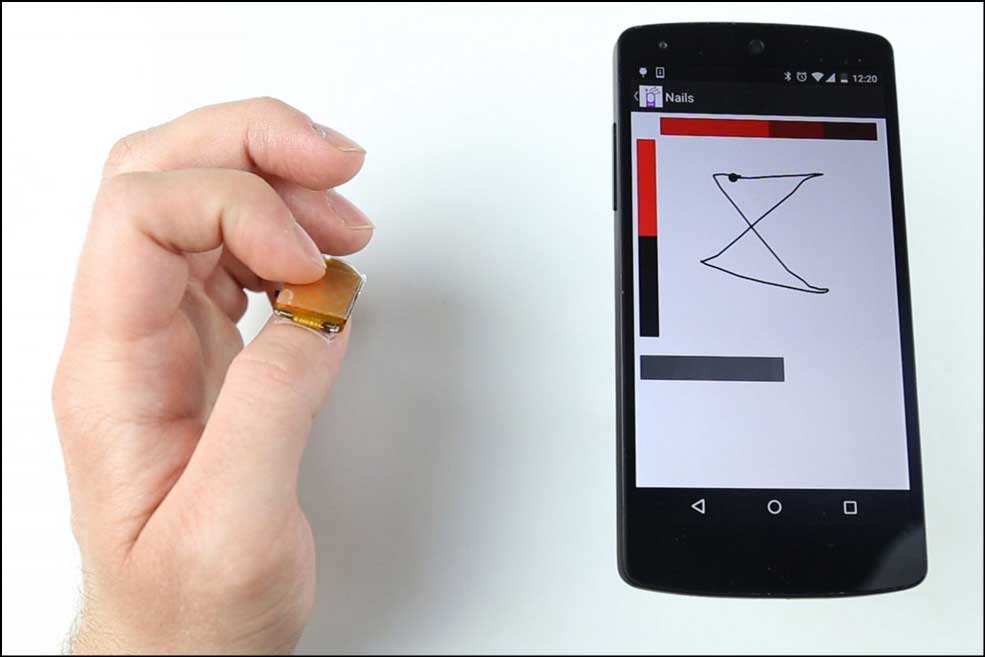Defense Advanced Research Projects Agency (DARPA) in the USA is developing a radically new technology that will offer real-time position tracking; something that will work despite blind spots or jamming efforts. The agency expects this will offer a huge boon to the US military, especially. Beyond war, the technology is expected to be far more flexible than GPS.
It is also working on self-calibrating gyroscopes and accelerometers and clocks that will be able to track your position without relying on a wireless signal or other external sources. If your smartwatch of the future knows where you start and if you move 350 metres south, for example, it will know where you are, without having to double-check with the Internet or a satellite.
Aerospace-related technology could improve Parkinson’s therapy
When Rice University chemist Matteo Pasquali set out to create strong and conductive carbon nanotube fibres, he had aerospace applications in mind. But it turned out that microscopic fibres are also great at communicating with the brain, making these an ideal candidate for therapies that deal with neurological disorders such as Parkinson’s disease.
At the moment, hard metal electrodes are implanted into the brain for Parkinson’s therapy. The electrodes deliver electrical signals to calm tremors, but are not compatible with the organ’s soft tissues. The flexible fibres are more bio-compatible, cheaper and maintain better electrical connection. Also, tests prove these cause little inflammation and are as stable as commercial platinum used on electrodes.
Rice University’s assistant professor Caleb Kemere, who studies Parkinson’s disease, believes that these fibres could lead to self-regulating treatment devices for patients. The devices will be able to read signals from the brain, analyse the best amount of electrical stimulation needed to calm tremors on a case-by-case basis and automatically administer jolts of electricity.
NASA to move asteroid into moon’s orbit
NASA is planning to launch a rocket to an asteroid and grab a boulder off of it—a stepping stone and training mission for an eventual trip sending humans to planet Mars.
The space agency has unveiled details of the US$ 1.25 billion plan to launch a solar-powered unmanned spaceship to an asteroid in December 2020. The ship would spend about an year circling the large space rock and pluck out a 3.9m (13-feet) boulder off its surface using robotic arms.
The smaller rock would be hauled near the moon and parked in orbit around the moon. Using a giant rocket ship and Orion crew capsule that are still being developed, two astronauts would fly to the smaller rock in 2025 and start exploring. Astronauts aboard Orion would dock with the robotic ship, make spacewalks, climbing around the mini-asteroid to inspect and document, and even grab a piece to return to Earth.
A cookie jar that lets you grab a cookie only when you achieve set goals
It is widely understood that delayed gratification helps one become successful. Resisting everything but temptation can be difficult, which is why kSafe is stepping in when your resolve weakens.
Essentially, kSafe is an oversized cookie jar, one that will let you get a tasty treat inside it only if you have achieved something that day. kSafe is the brainchild of Kitchen Safe inventors, Ryan Sang and David Krippendorf. kSafe takes the idea of locking your goodies away and takes it one step further, instead of just a time limit.
These goals are controlled by the safe’s companion app and can be set to one of three different categories. Activity goals require you to walk enough steps or burn enough calories, while you could set a location goal that means you will only get your TV remote if you check in at the gym.
Wearable device that turns thumbnail into a track pad

Researchers at MIT are developing a wearable device, NailO, that can turn the user’s thumbnail into a miniature wireless track pad.
This technology could allow users to control wireless devices, along with enabling subtle communication such as sending quick texts.
According to the researchers, the commercial version of this device would have a detachable membrane on its surface, so that users could coordinate surface patterns with their outfits. For this, they are using capacitive sensing (the kind of sensing iPhone’s touchscreen uses) to register touch, since it can tolerate a thin, non-active layer between the user’s finger and the underlying sensors.
Google’s Project Loon ready for beta phase
Project Loon, Google’s initiative to send helium balloons around the world and deliver the Internet to users in remote areas, is ready for beta phase.






